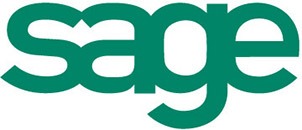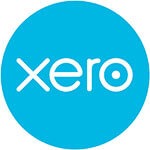Significant changes to the method of taxing profits for unincorporated businesses occurred in 2023/24, and this shift will continue into 2024/25. Initially intended to synchronise with the introduction of Making Tax Digital for Income Tax Self-Assessment (MTDITSA), now scheduled for phased implementation starting from 2026/27.
Previously, sole traders or partners in a partnership were taxed based on their share of profits from the business’s accounting period ending within the tax year. For instance, in 2022/23, profits from the year ending December 31, 2022, were taxed in that tax year. Unless a business alters its accounting date, profits assessed in 2024/25 would comprise those generated between April 6, 2024, and April 5, 2025—equating to nine months of profits from the year ending December 31, 2024, plus three months from the year ending December 31, 2025. Given the requirement to file the 2024/25 self-assessment tax return by January 31, 2026, estimating and subsequently revising profits for the latter period is highly likely. Consequently, many businesses opted to align their accounting year end with the tax year, either on March 31 or April 5.
The Transitional Year 2023/24 presents further complexities with the change in assessment basis. It aims to transition from the old ‘current year’ basis to the new tax year basis. In instances where a business’s year end does not coincide with the tax year, profits from the day following the end of the period taxed in 2022/23 until April 5, 2024, are subject to taxation in 2023/24. For example, a business preparing accounts until December 31 each year would potentially have a 15-month period from January 1, 2023, to April 5, 2024, taxable in 2023/24. However, profits from the three-month period between January 1, 2024, and April 5, 2024, minus any overlap relief, are not entirely taxed in 2023/24 but spread over five years—unless the taxpayer elects to be taxed on a higher amount.
In the aforementioned scenario, if the sole trader generates profits of £120,000 in the year ending December 31, 2024, then £30,000—minus any overlap relief—would be spread over five years. Assuming no overlap relief, an additional £6,000 profits would augment the assessable profits from 2023/24 to 2027/28, unless the individual opts for assessment on a higher amount. This process is intricate, and we’re here to assist you in computing transitional profits and guiding you on your future tax obligations.









